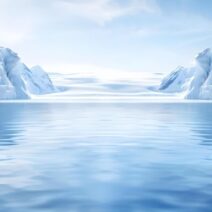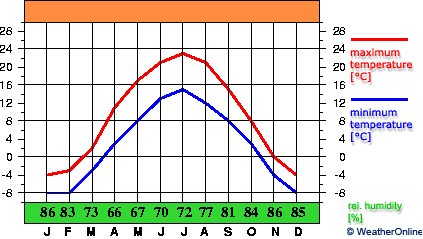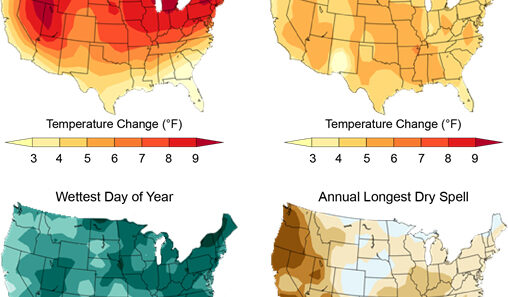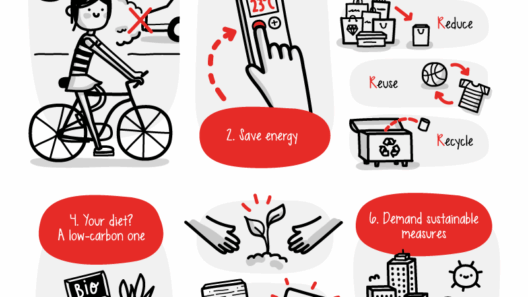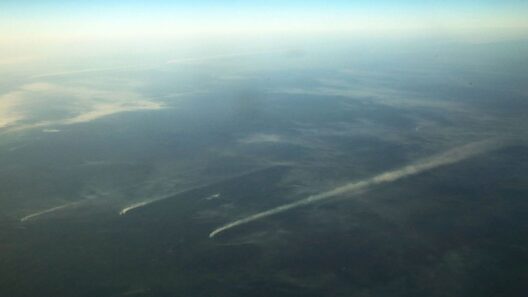Russia, a vast tapestry woven with varying climatic conditions, embodies extremes that can astound and confound the most seasoned climatologist. Spanning eleven time zones, this sprawling nation acts as a climatic cauldron, where frigid air collides with temperate breezes, giving rise to an array of climatic phenomena. From the bone-chilling cold of Siberia, juxtaposed against the relatively balmy shores of the Black Sea, Russia’s climate is as diverse as its geography.
The northern expanse, largely categorized as tundra, reveals a landscape draped in white for much of the year. Here, the cold is relentless, with winter temperatures dipping perilously low, often plummeting to -40°C in some regions. This harsh environment, where the sun barely graces the horizon during winter months, ekes out a life of resilience. Animals adapt with thick fur coats, while communities embrace traditional ways of living, fishing in frozen waters and relying on age-old techniques to combat the hostility of their surroundings.
Transitioning southward, one encounters the expansive taiga, the world’s largest forested region. This verdant alcove serves as the lungs of Russia, absorbing carbon dioxide and producing oxygen at an astounding rate. The cooling shadow of its evergreens provides a surprising contrast to the foreboding chill of the tundra. Here, the average temperatures rise as one experiences milder winters and pleasant summers. As foliage flourishes, the taiga becomes a haven for biodiversity, nurturing species from the majestic Siberian tiger to elusive brown bears. The flora, hardy yet vibrant, exhibits resplendent colors during the brief spring and summer, painting a landscape that is both enchanting and life-affirming.
Traveling even further south unveils the expansiveness of continental climates, particularly in regions like the Volga River Basin. Warm summers reach balmy heights, while winter announces itself with a ferocity that can blanket the land in thick snow. This pronounced seasonal variation sustains a rich agricultural heritage, as fields of golden wheat sway gracefully in the summer’s zephyrs. Here, farmers engage in practices that reflect centuries of adaptation to ecological rhythms, cultivating crops that not only sustain local economies but also contribute to global food security.
Yet, this narrative of climatic diversity is remarkably punctuated by the peculiarities of the Black Sea coast—a region that sings a contrasting melody of warmth. As the sea breathes its gentle breezes onto the land, it becomes a bastion of agriculture and tourism, marked by its subtropical climate. The gentle caress of the Mediterranean influences the weather, allowing for flourishing vineyards and nature-laden retreats. The iconic beaches lure tourists who seek warmth and solace beneath the sun’s nurturing rays. They escape the icy embrace of the interior for a taste of summer that feels almost Mediterranean. Here, the mountains cradle the sea, and life thrives against a backdrop of luxe greenery and temperate shores.
Conversely, let’s traverse to the Far East, where the Pacific Ocean breathes a different narrative altogether. The Kamchatka Peninsula, with its fiery volcanoes and rugged coastline, reflects a climate largely dictated by maritime influences. The interplay between ocean currents and atmospheric conditions breathes life into a dramatic landscape where steaming geysers coexist with lush, moss-laden forests. Here, temperatures remain moderate yet unpredictable, often oscillating with the whims of nature. The region’s isolation protects unique ecosystems, fostering an unparalleled biodiversity that defies easy classification.
Despite this remarkable climatic diversity, the specter of climate change looms ominously over Russia’s varied landscapes. The Siberian tundra, once a formidable barrier to temperature fluctuations, is beginning to thaw, revealing an alarming trend of permafrost melting and releasing greenhouse gases in a self-reinforcing feedback loop. The consequences of this change are inexorable; as the permafrost melts, ancient microbes trapped in ice awaken, further exacerbating the already precarious balance of global warming. Communities accustomed to predictable climatic patterns must now grapple with erratic weather, leading to challenges in food security and traditional livelihoods.
The tentacles of climate change also stretch toward the expansive taiga, heightening the risk of wildfires that can ravage thousands of hectares of forest in mere hours. The delicate interplay of ecosystems faces unprecedented challenges, and the survival of forest-dependent species hangs in the balance. Additionally, coastal regions are succumbing to rising sea levels, threatening towns and ecosystems alike. The impacts are multifaceted, riveting the attention of environmentalists, policymakers, and citizens who recognize the necessity of acting swiftly to mitigate these impending calamities.
Ultimately, the climate of Russia is a compelling narrative, showcasing the beauty and brutality of nature’s spectrum. Its extremes foster both life and adversity, a reminder of the interconnectedness of our global ecosystems. As the country stands at the crossroad between climatic extremes and the perilous effects of climate change, there lies an imperative for awareness and action. The story of Russia’s diverse climates is not merely about temperature variations but a reflection of our collective responsibility to safeguard the delicate threads that bind us to our environment. Embracing this responsibility represents not only a challenge but also an opportunity to nourish resilience in the face of impending change.
